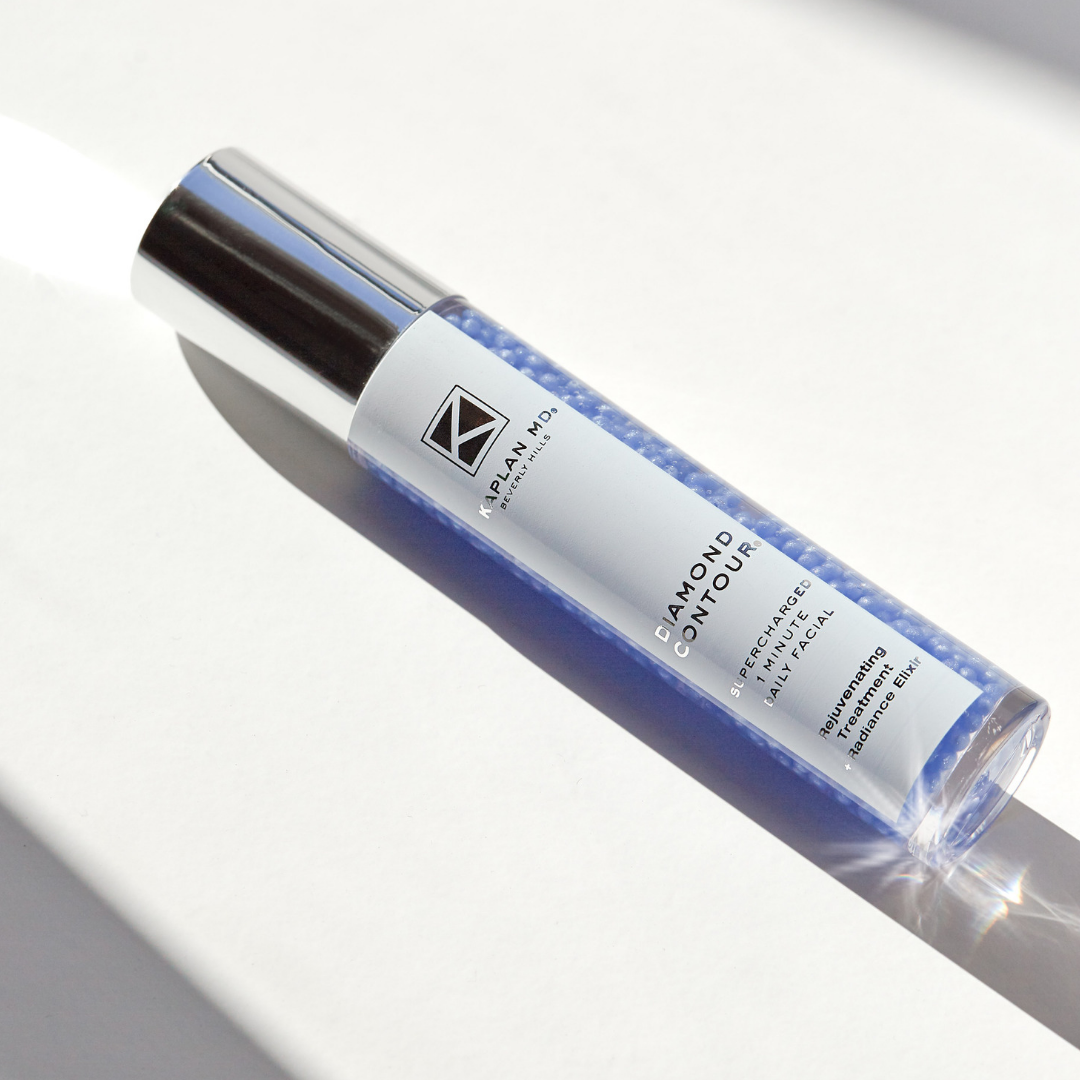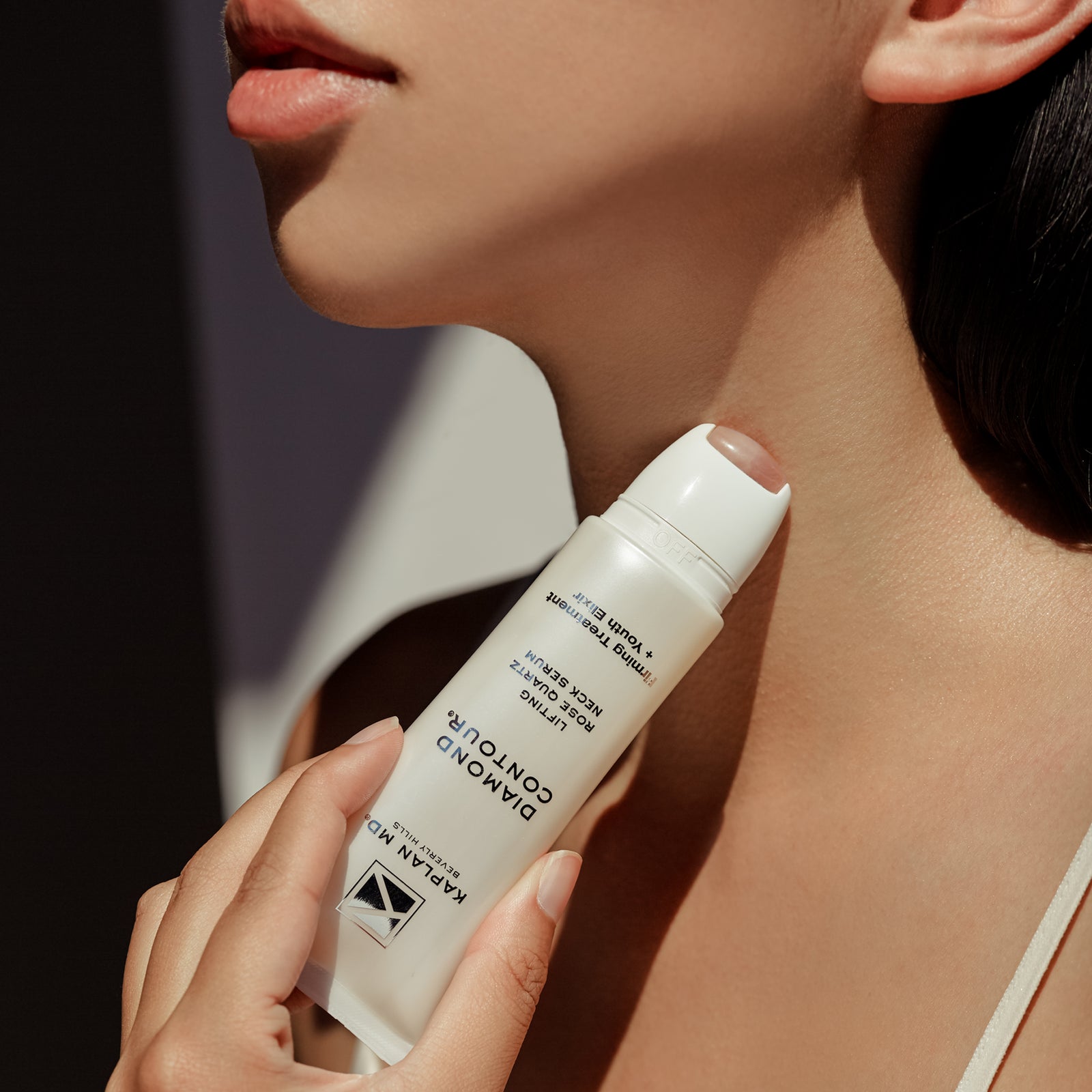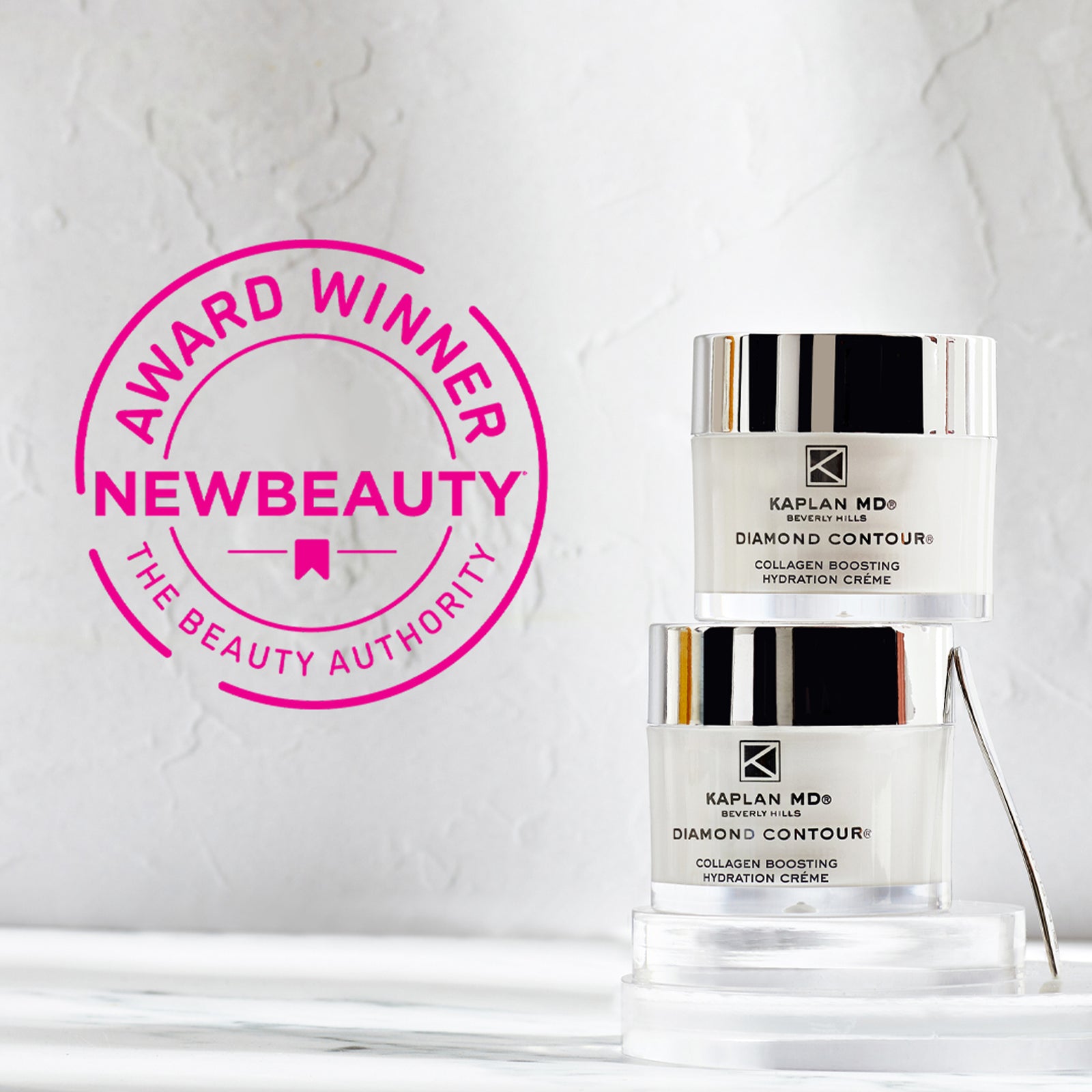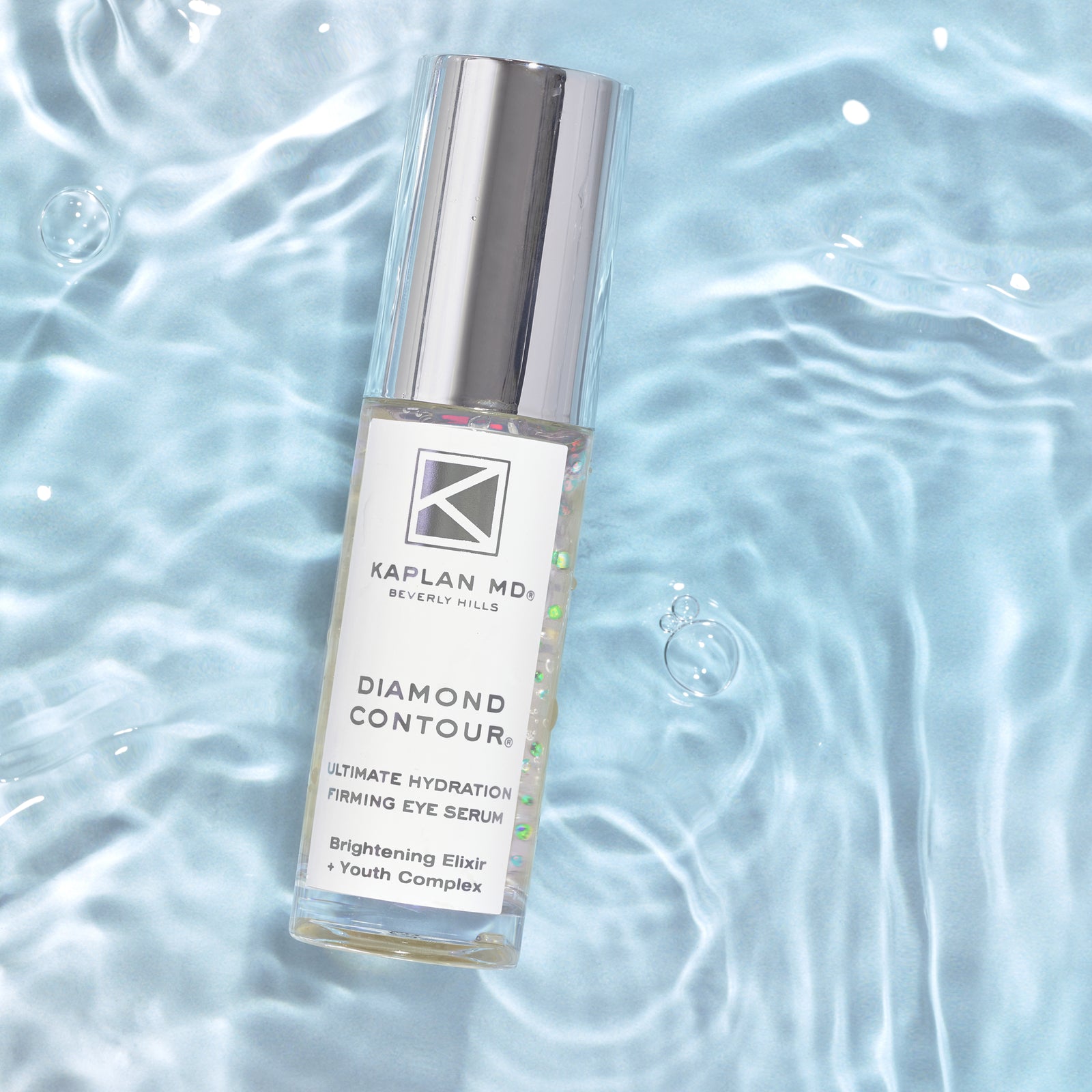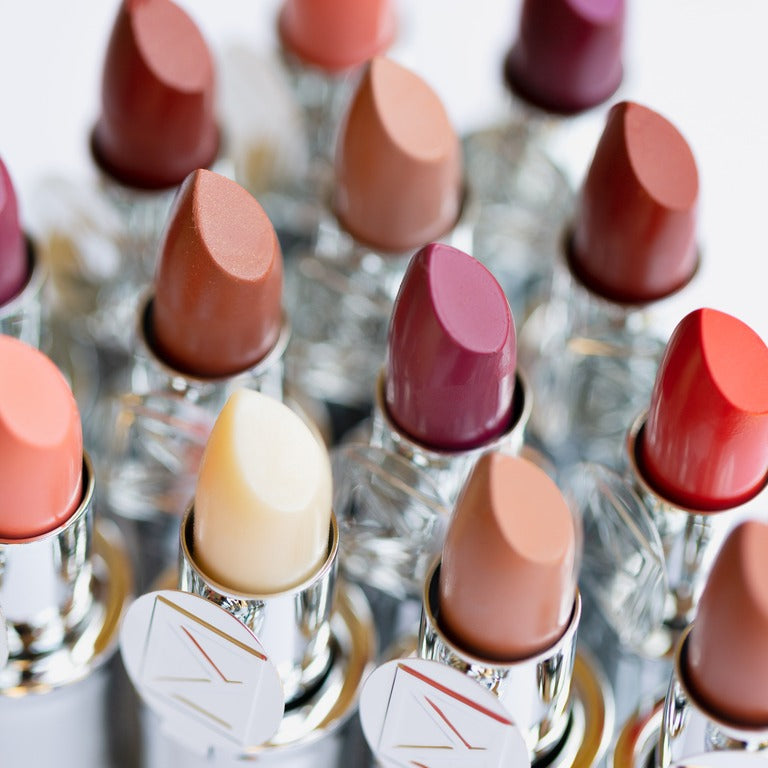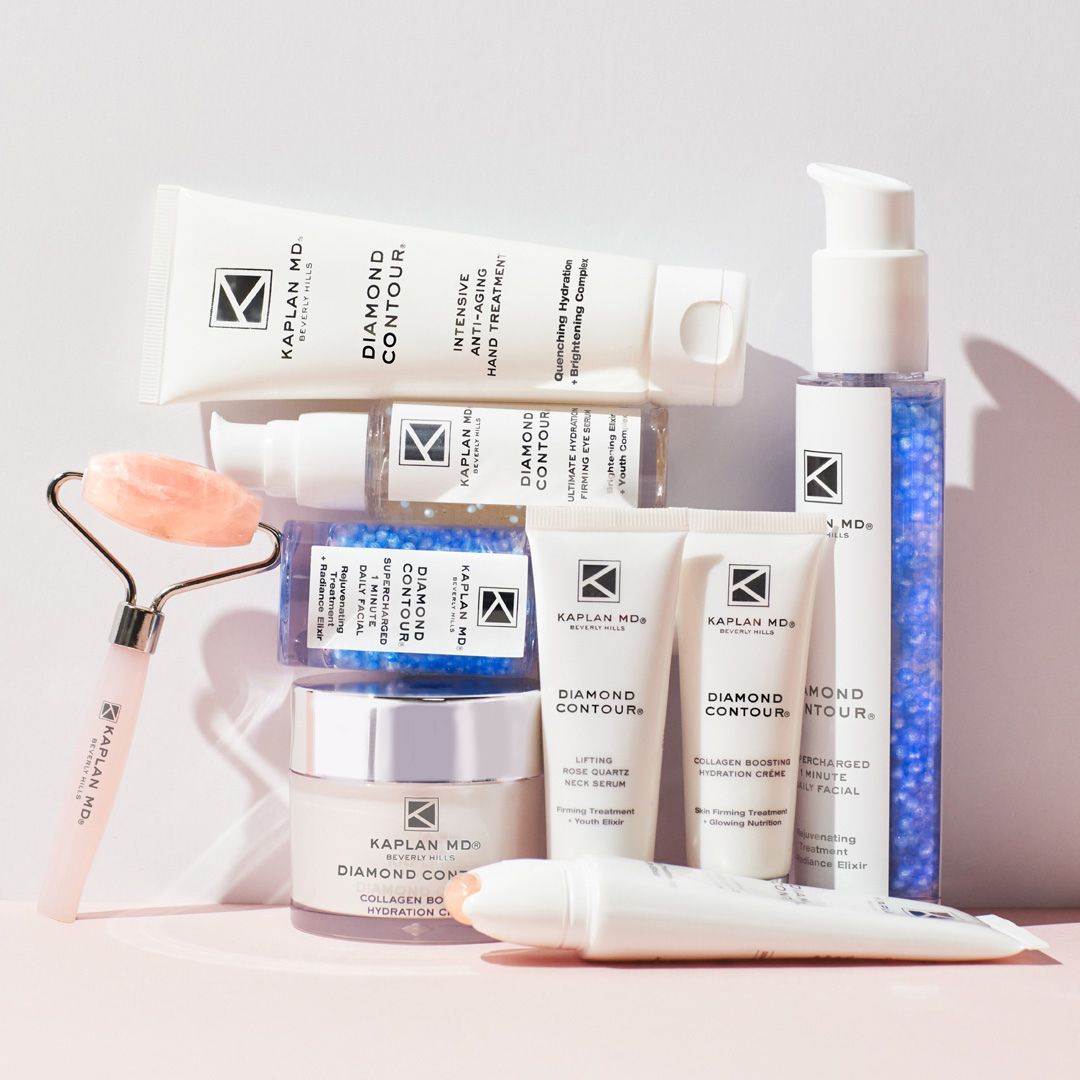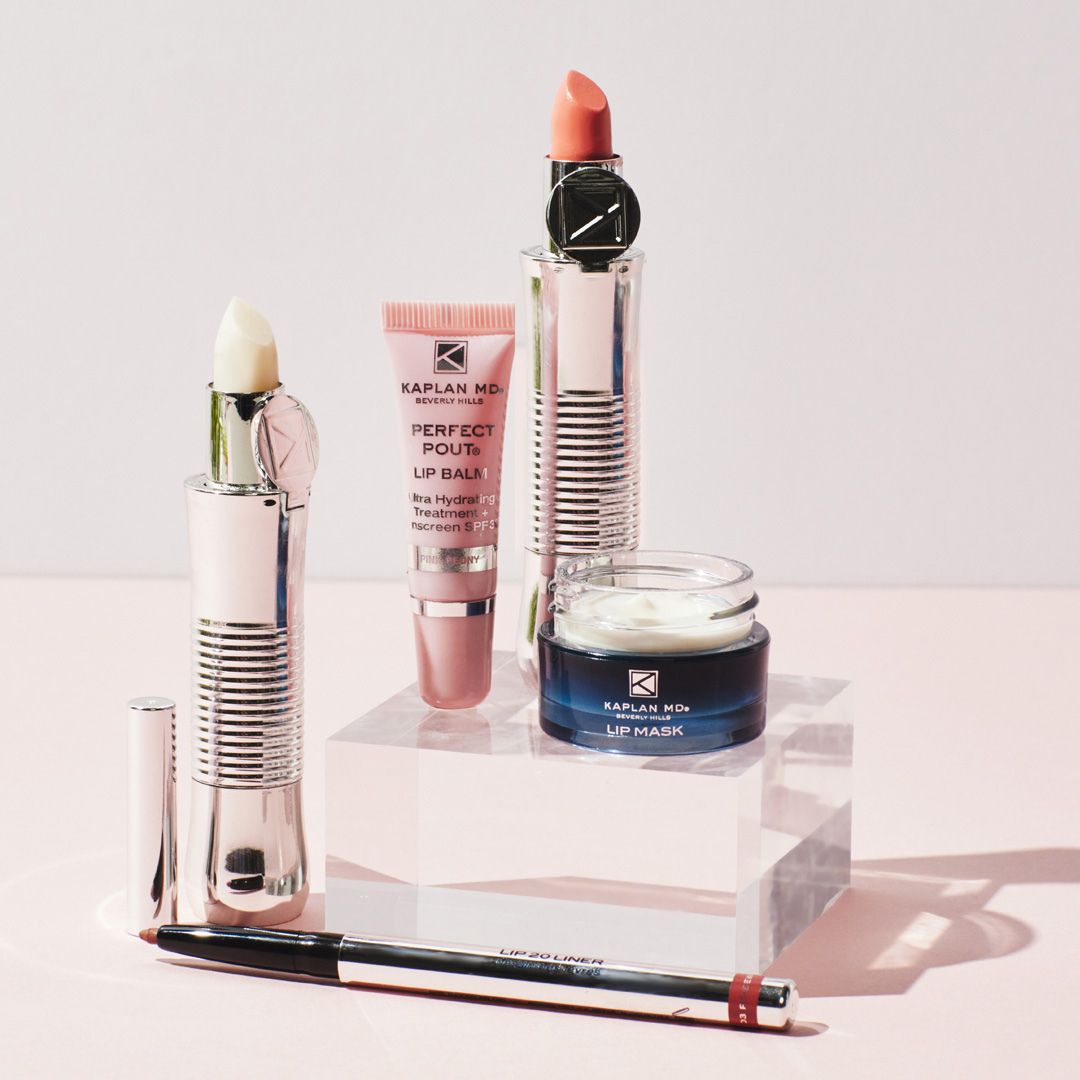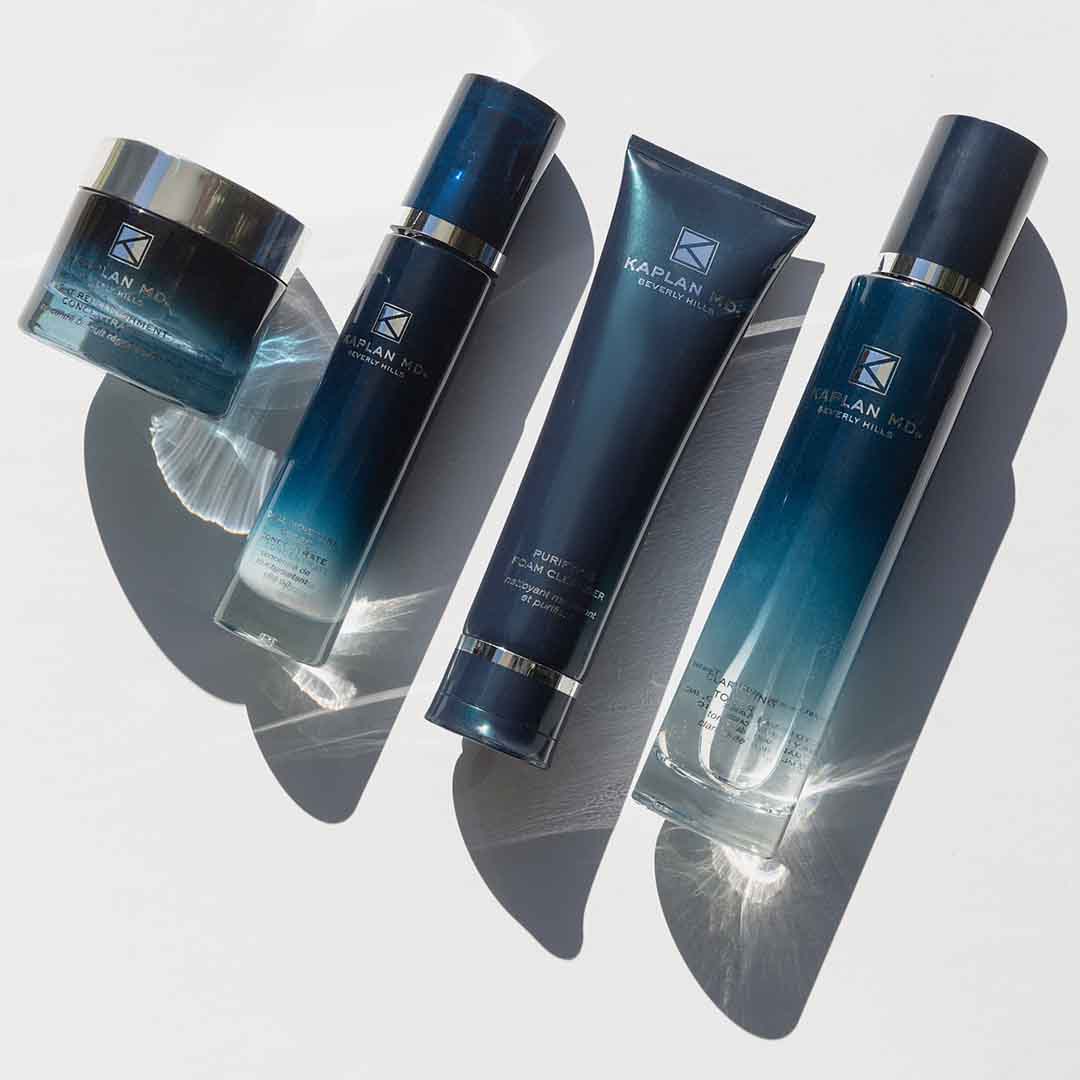Dr. Kaplan – Dandruff & Cradle Cap
DANDRUFF AND CRADLE CAP
Everyone has some form of flaking on his or her scalp because of the normal process of shedding the outer layer of skin cells. But if the flaking gets obvious on your hair and clothing, it’s called dandruff. It is not a contagious, but you may experience periodic flare-ups.
WHAT IS DANDRUFF?
Dandruff is a mild form of a skin condition called seborrheic dermatitis. This condition is caused by overactive oil glands or, in some cases, by a yeast infection. It can also be hereditary. Certain other factors can also make the dermatitis worse, such as illness, poor diet, and emotional stress. Environmental conditions can also cause dandruff, such as cold dry air in the wintertime, as well as over-washing your hair.
If your dandruff lasts a long time, or if you have unusually large flakes combined with greasy scaling on either side of your nose, behind your ears, between your eyebrows, in skin folds, or on your breast bone, you probably have a more severe form of seborrheic dermatitis.
TREATMENT OPTIONS
Over-the-counter dandruff shampoos can often control mild to moderate dandruff. These shampoos contain various effective ingredients, such as sulfur, salicylic acid, selenium, or tar. Remember to rinse your hair thoroughly so that no shampoo buildup occurs, since this can also cause flaking. After rinsing, apply a conditioner to smooth your hair and make it easier to comb or brush. It may also help to comb or brush your hair before shampooing to loosen the flakes so they’ll wash off more easily.
After your dandruff clears up, you should shampoo only as often as necessary and occasionally use the dandruff shampoo to keep it from coming back. Also keep in mind that hair products create buildup that can irritate your scalp and cause flaking. If you use a lot of hair products, and you notice flaking, try to shampoo daily.
If over-the-counter shampoos do not alleviate your dandruff, or if you have unusually large flakes combined with greasy scaling on either side of your nose, behind your ears, between your eyebrows, in skin folds, or on your breast bone, you probably have a more severe form of seborrheic dermatitis.
Contact your dermatologist to get diagnosed and learn about different treatment options. There are prescription strength dandruff shampoos, lotions, creams and ointments that contain a higher concentration of sulfur or tar, as well as cortico-steriod lotions to help reduce flaking and keep the condition under control.
CRADLE CAP
Cradle cap, which is another form of seborrheic dermatitis, usually occurs in infants during their first month of life. It appears as dry, scaly patches on the baby’s scalp, and it may become a thick, yellow crust. Its cause is unknown. Scaly areas can also appear at the hairline, eyebrows, nose, or ears, and the dermatitis sometimes affects the diaper area or the entire body.
Treatment options vary, such as using an anti-dandruff shampoo, then oiling the scalp with a light layer of petroleum jelly to help loosen the scaly patches. However, you should first consult your dermatologist to correctly diagnose the condition and provide treatment options that are right for your baby.
All content solely developed by the American Academy of Dermatology.

